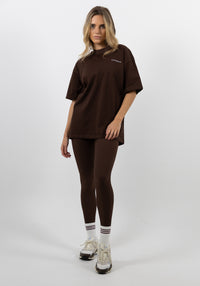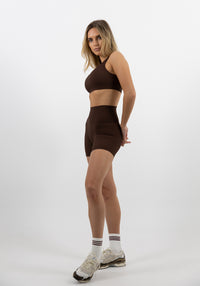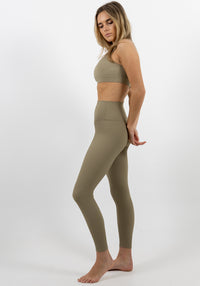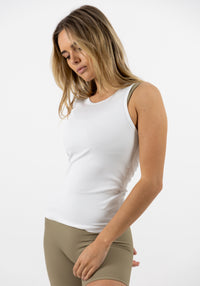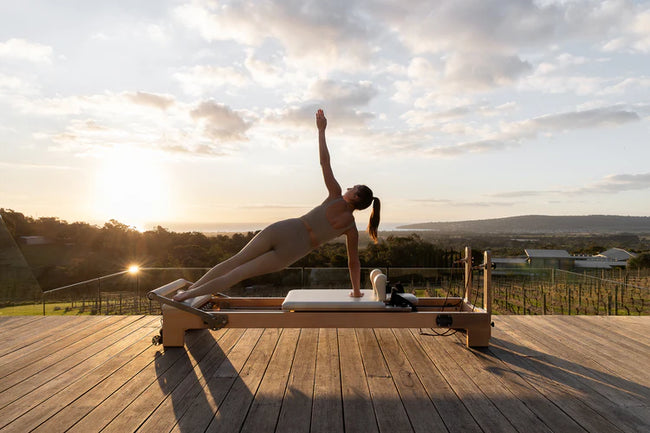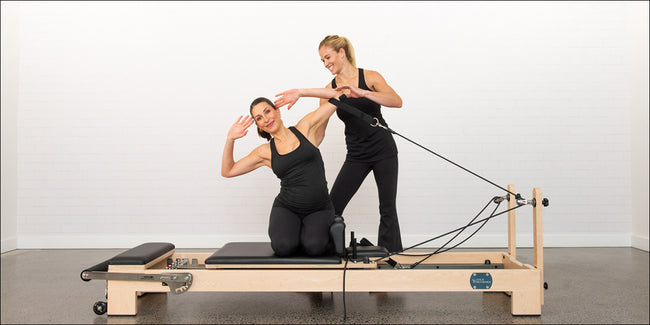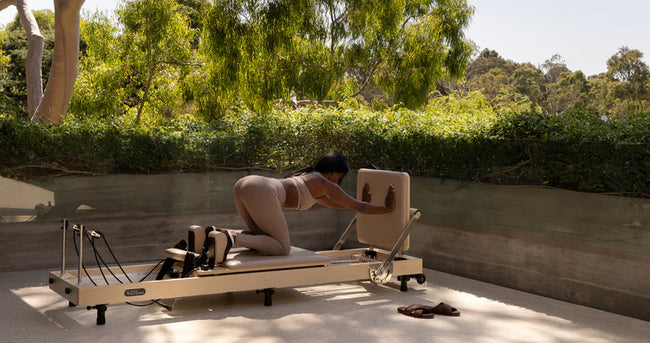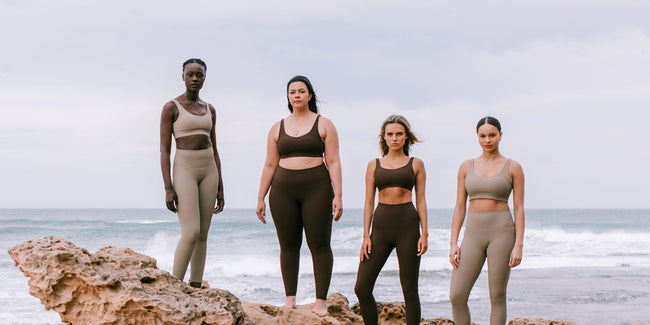It’s a common complaint that clients don’t feel sore in their abdominals after their Reformer Pilates class. We’ve taken the time to list a few reasons why this may be the case.
Cheating through movement
It’s actually really easy to cheat some abdominal work on the Pilates Reformer. Particularly arms/ legs in straps exercises. This is because you may be moving too quickly, or using other muscles instead of focusing on your core. Often when the exercise is done slowly, people feel discomfort and try to push past it by doing it faster. However, doing so is one of the biggest core training mistakes. That discomfort comes from weakness in the muscles and is the whole point of the exercise. Rushing through the exercise to complete it as fast as possible reduces the training effect on core and stabilising muscles. It’s better to make fewer repetitions but do them right – at slow speed. Working slowly helps to engage smaller muscles and correct muscle imbalance more effectively.
Starting with the hardest exercise
A common mistake in Pilates is to rush to a more advanced level of an exercise. If you can't activate the correct muscles and maintain technique, then you are unlikely to achieve the results you are looking for and in fact compensate by using different, stronger muscles instead.
Holding your breath
You should never hold your breath while exercising! Breathing actually supports the movement to get more out of it. Exhaling on the ‘harder’ part of the exercise will help to recruit core muscles as it will be easier for you to maintain tension and activation on the exhale breath. Inhaling typically sees the core muscles try to relax as the breath pushes the stomach out. Instead focus on sending the breath into your lungs with ribcage expanding, rather than tummy expanding.
Working one dimensionally
Our bodies move in all types of directions throughout our day, therefore our exercises should also support this type of function. This is known as functional movement. For this reason, Pilates programs incorporate exercises where you are on your back, front, and sides, with rotation, flexion and extension. It’s important to challenge the core in all of these different directions. So for example, a plank is a great core exercise, but it shouldn’t be the only exercise you do if you’re trying to strengthen.
Poor positioning
You may not be activating the correct muscles, and therefore feeling the ‘right kind of sore’ if you neglect the pelvis or spine position. The pelvis for example is a key component to performing core exercises, and should be stable and in neutral position to allow you to recruit the correct muscles. Similarly, your spine should ideally be in what we call ‘neutral’ position. Traditional classes talk about flattening your back, and whilst this is often useful for beginners, maintaining a neutral spine will provide greater strengthening opportunity for your core muscles to work. However, you should avoid arching or over extending, as this may mean your abdominals have relaxed and puts greater pressure on your back. Having a small ‘grape sized’ space between your spine and the carriage is a good aim.
Finally, here are a few things to remember when performing abdominal exercises:
- Avoid arching the back
- Draw the belly in to engage abs, think belly button to spine
- Engage (squeeze) the gluteals (bottom) to help with pelvic alignment
- Keep shoulders down and back. Keeping shoulder blades together creates correct posture, engages abs fully and reduces pressure on your shoulders.
Did you know?
Alongside our range of Reformer beds available to buy and rent at Your Reformer, we also provide an amazing OnDemand experience which offers tailored programs and classes suitable for Pilates beginners and experienced Pilates practitioners alike.



